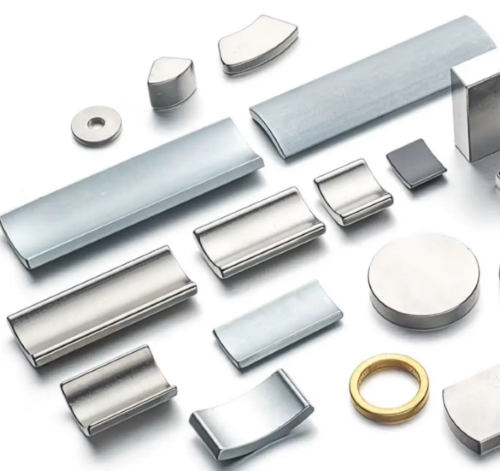Samarium Cobalt Magnets in the Military
Compared with the NdFeB magnet, the samarium cobalt magnet has more excellent high-temperature performance and is widely used in electronics, electrical machinery, military, aerospace, and other fields. In this article, we will take a look at the uses of samarium cobalt magnets in the military.

In modern wars, air supremacy is one of the keys to victory. However, the aircraft is easily detected by enemy radars during flight, so there is a great danger. To avoid the surveillance of enemy radars, a special magnetic material can be coated on the surface of the aircraft, which is a kind of absorbing material, such as samarium cobalt magnet material. It can absorb electromagnetic waves emitted by radar, so radar electromagnetic waves are rarely reflected. Therefore, the enemy radar cannot detect the radar echo, nor can it find the aircraft, to achieve the purpose of stealth. Samarium cobalt magnet is abbreviated as SmCo in English. It is a kind of permanent magnet made of samarium, cobalt, and some other rare earth materials after proportioning, smelting into an alloy, crushing, pressing, and sintering. It belongs to the second generation of rare earth permanent magnet materials. It has the characteristics of a high magnetic energy product and an extremely low temperature coefficient. Its maximum working temperature can reach 350℃, and the negative temperature is not limited. When the working temperature is above 180℃, its maximum magnetic energy product (BHmax), coercivity, temperature stability, and chemical stability all exceed those of the NdFeB magnet. Samarium cobalt magnets have the characteristics of high corrosion resistance and oxidation resistance and generally do not require surface electroplating, widely used in aerospace, national defense, and military industry, microwave devices, communications, medical equipment, instruments, meters, various magnetic transmission devices, sensors, magnetic processors, motors, magnetic cranes, etc. Samarium cobalt magnets have temperature resistance and are also the most representative of temperature-resistant permanent magnet materials. They can be used in high-temperature fields. They are divided into SmCo5 and Sm2Co17 according to their composition. However, samarium-cobalt magnets have a relatively obvious disadvantage, that is, they are relatively expensive, which limits their applications.
Conclusion
Thank you for reading our article and we hope it can help you to have a better understanding of the samarium cobalt magnets in the military. If you want to learn more about SmCo magnets or other types of magnets, we would like to advise you to visit Stanford Magnets for more information. As a leading magnet supplier across the world, Stanford Magnets has been involved in R&D, manufacturing, and sales of magnets since the 1990s. It provides customers with high-quality permanent magnets like SmCo magnets, neodymium magnets, AlNiCo magnets, and ferrite magnets (ceramic magnets) at a very competitive price.












.jpg)


